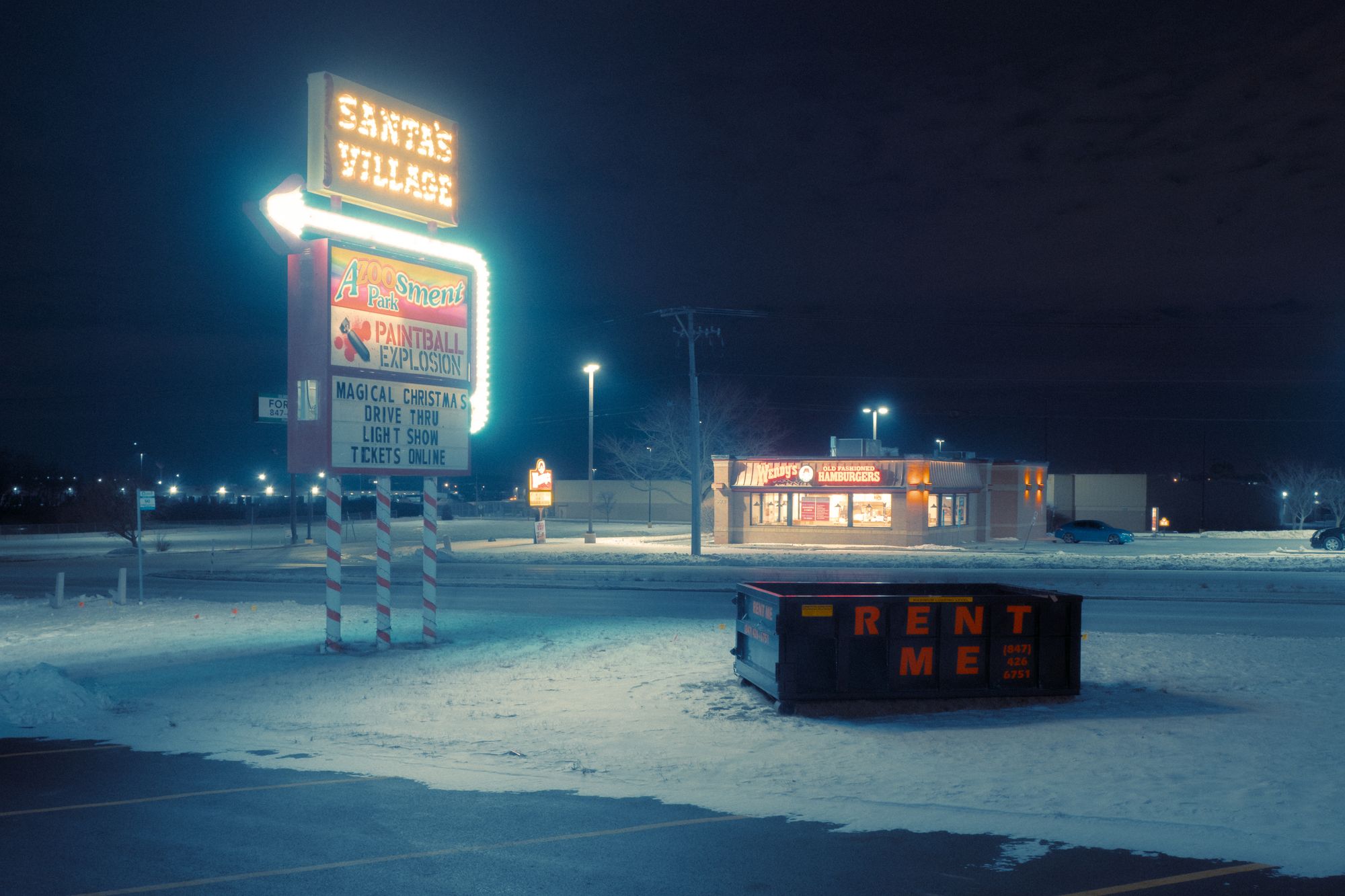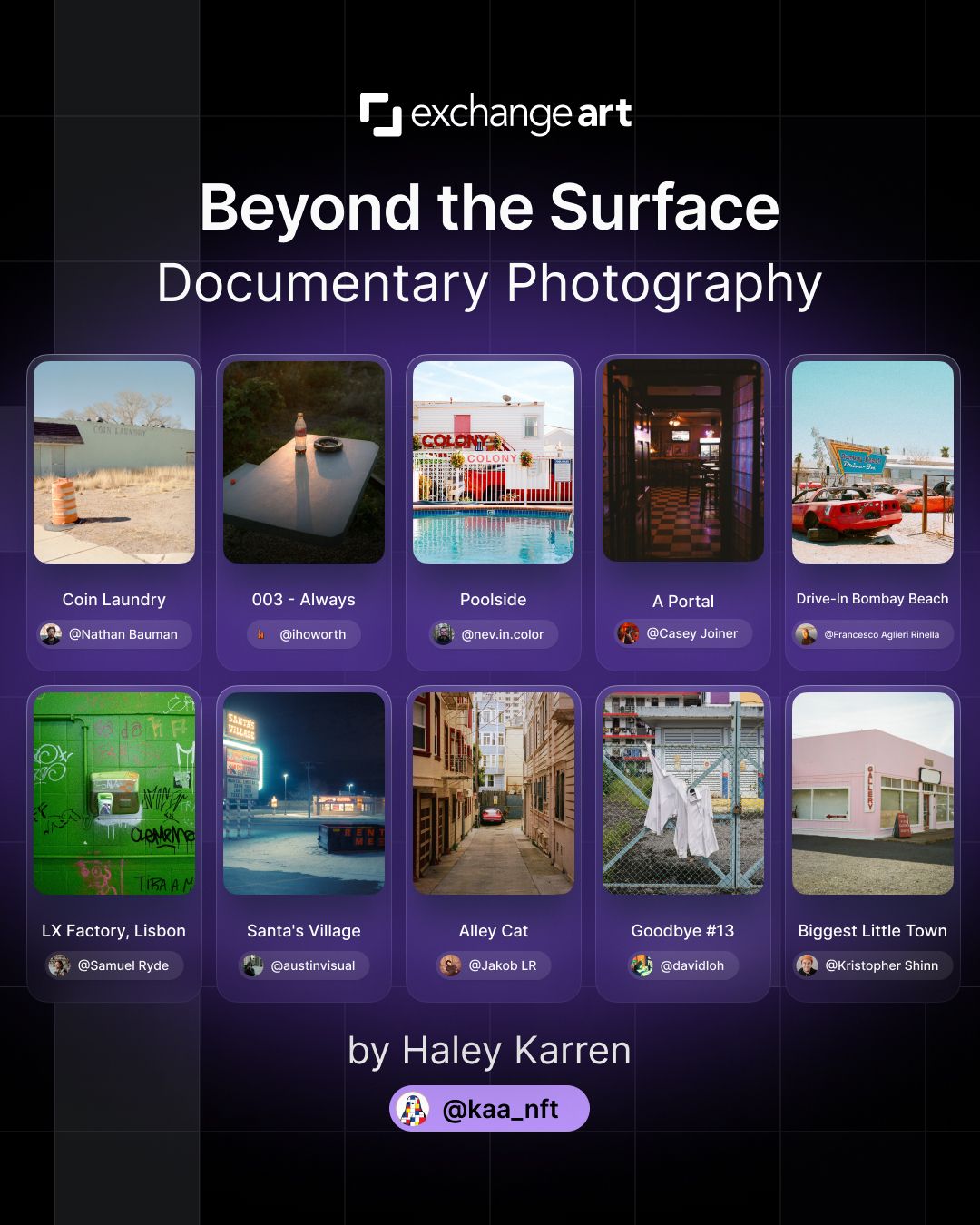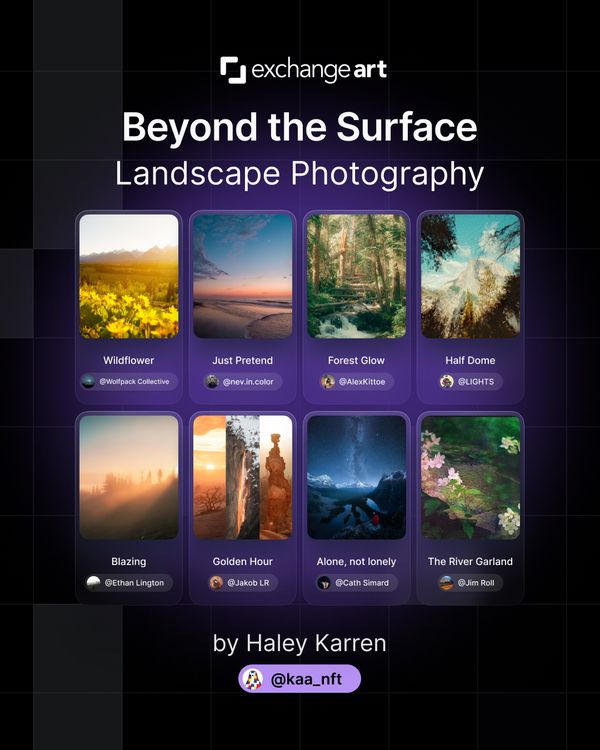Documentary photography is a form of visual storytelling that captures candid and unposed moments. Simply put, documentary photographers document life as is, without any staging or manipulation of the scene.
Historically, documentary photographers have engaged in photojournalistic reportage, capturing newsworthy events as they occur. This type of documentary photography can be found in various news outlets, such as newspapers and magazines, in order to educate and inform the public of social, cultural, and political events. There is also the historic motivation of documenting the event for posterity. A significant type of documentary photography is war photography.
On Exchange Art, I have noticed many photographers creating a specific type of documentary photography of places that are strangely devoid of people, instead of following the more obvious impulse to document people in the urban landscape. These locations, whether they are urban or rural, are meant to be filled with people, but they are empty. This emptiness, with traces of humanity, is what truly fascinates me.
- Nathan Baumann, Coin Laundry
In his American Minimalism series, Nathan Baumann explores forgotten rural towns of the American Southwest. This photograph depicts a sun-scorched, deserted scene, the lettering on the building peeling and fading. There are slight traces of tire marks on the gravel, slight evidence of people. The washed-out orange of the traffic cone is a subtle contrast to the dull robin’s egg blue of the decaying building.
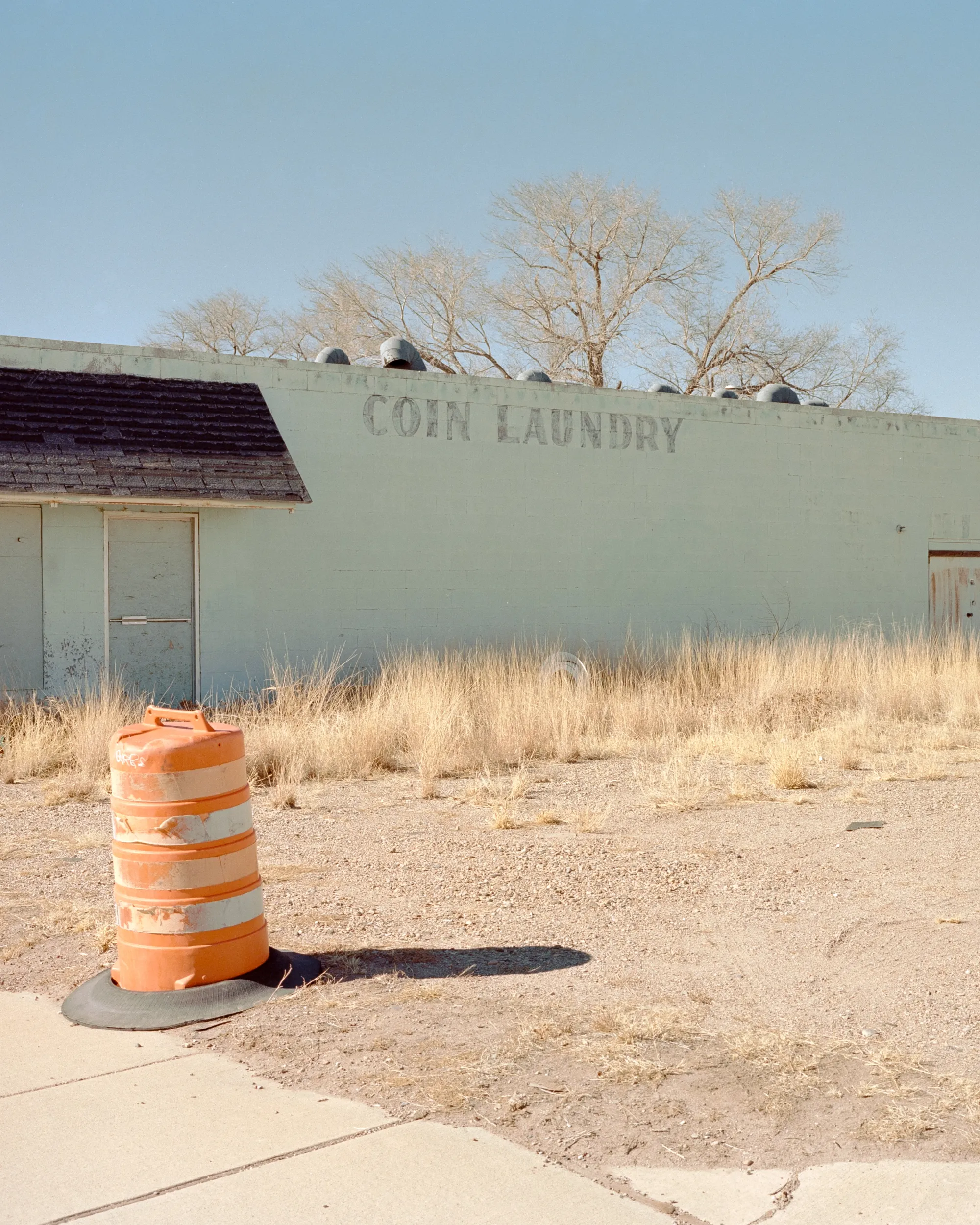
2. Ian Howorth, Always
Always is a medium format film photograph by Ian Howorth from his recently published photo book, A Country Kind of Silence, of the dilapidated British urban landscape. The bench, awash in the soft glow of sunset, is vacant, although the traces of people are evident in the unfinished, open Coke bottle and the cigarette butts. A sense of loneliness pervades the scene.
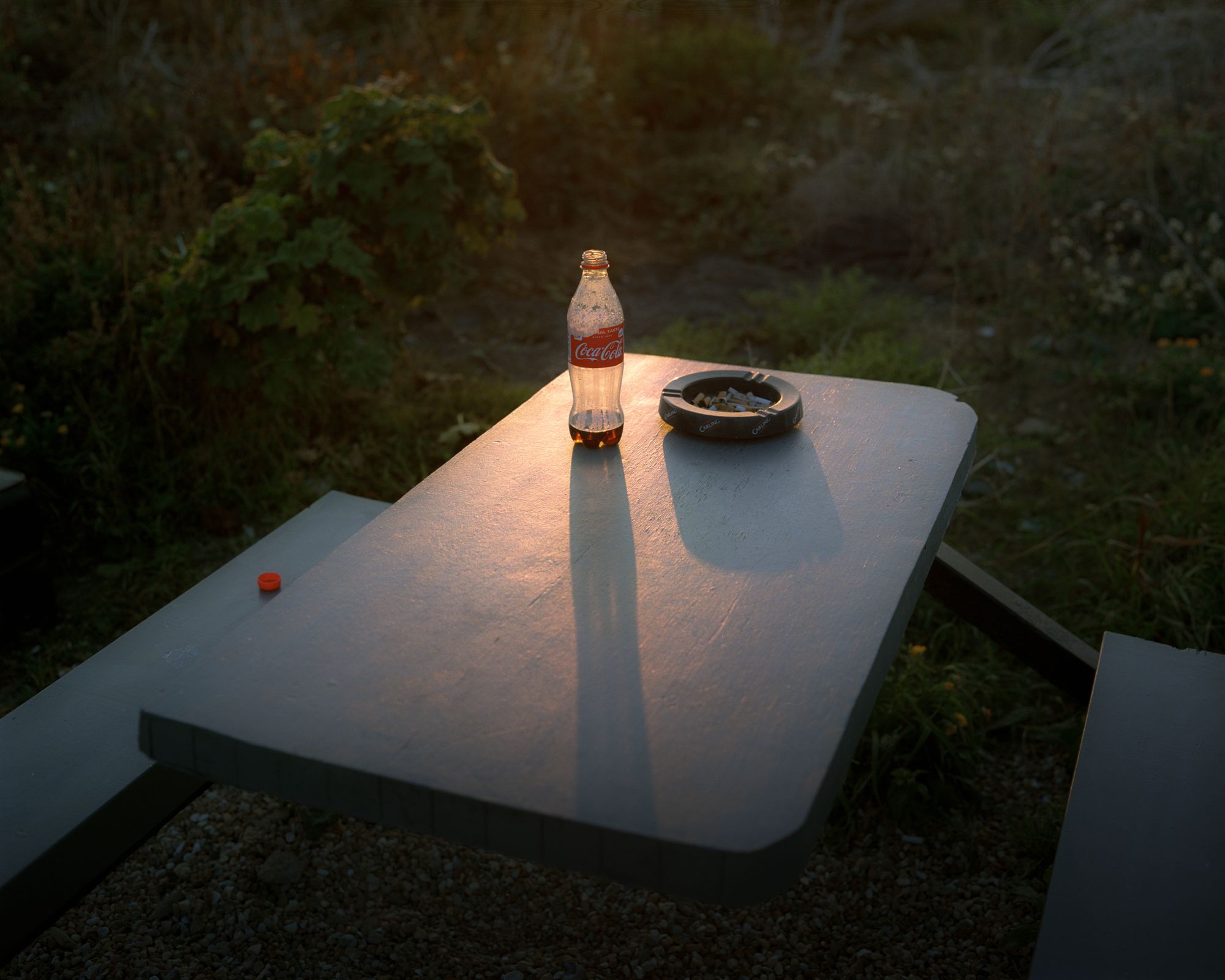
3. Nevin Johnson, Poolside
I am a big fan of Nevin Johnson’s nostalgic Cine-Stills film series. Poolside depicts a scene of an empty pool with chairs, umbrellas, and life rafts ready for use on a sunny day. The specific qualities of this film, and the way it registers the colors red and blue, adds to the strange romanticism of the moment.
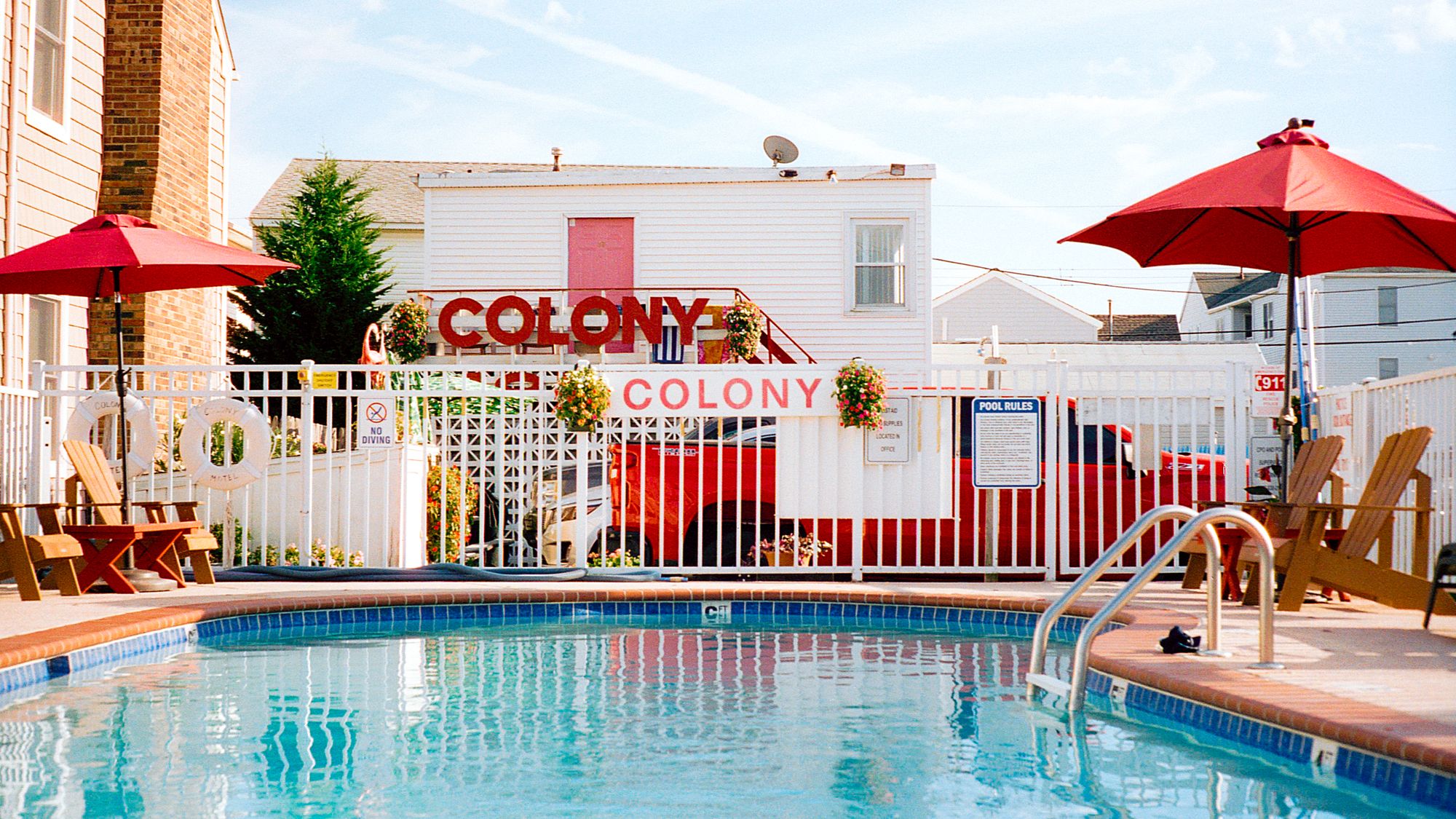
4. Casey Joiner, A Portal
In A Portal, Casey Joiner captures a deserted bar at night, the fluorescent lights bouncing off the tiled floor. The doors are open, beckoning the viewer in, despite or because of the emptiness. I like the way she framed the scene and captures various colors of light across the composition.
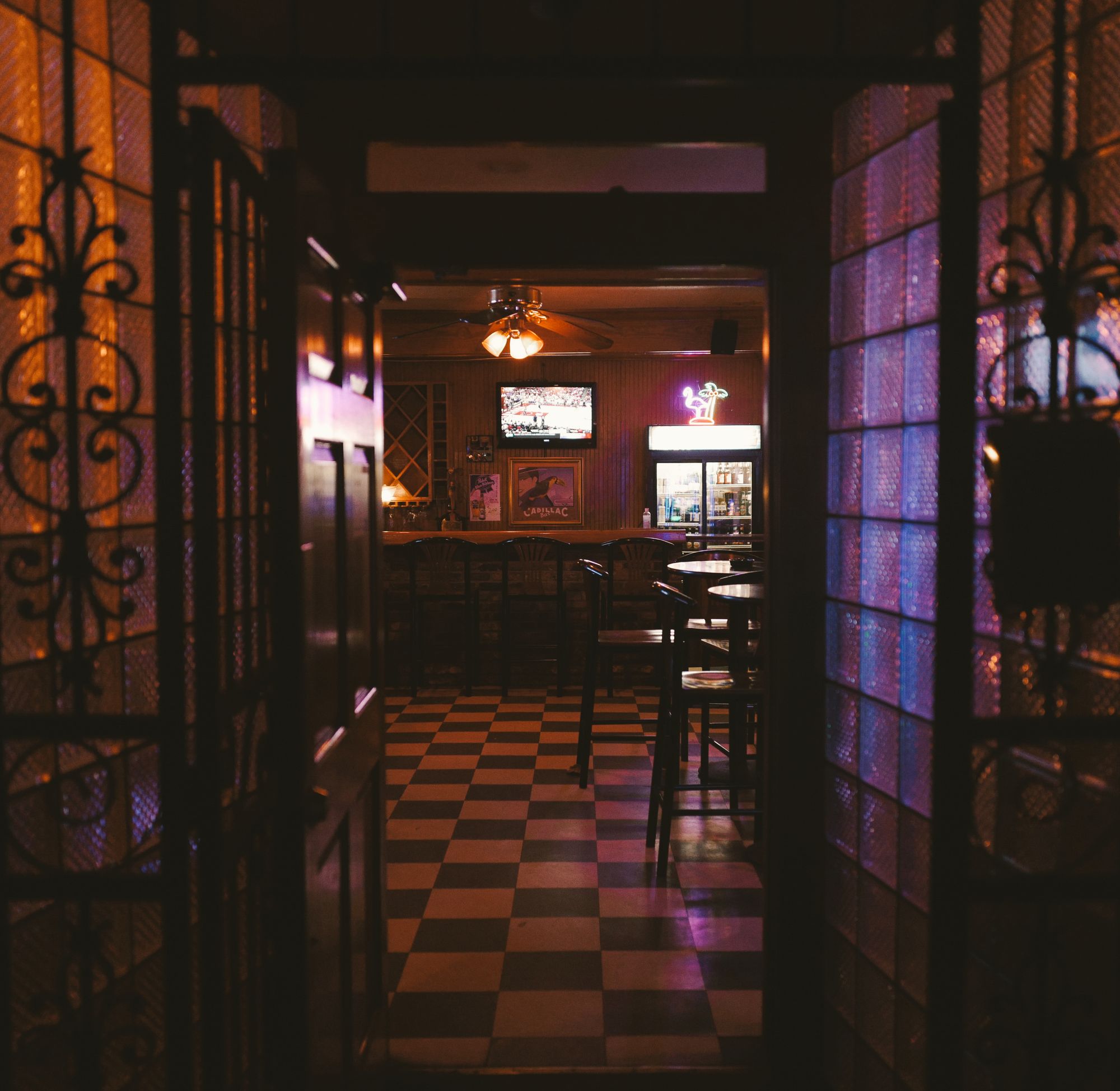
5. David Loh, Goodbye #13
David Loh calls his work “photography of the immaterial” and I couldn’t agree more. I am drawn to his strange and surreal images, which ask more questions than they answer. In Goodbye #13, two dirty white collared shirts are hanging together, as if adjoined, from a fence, keeping the viewer out of an empty residential area with laundry hanging from the balconies. The photograph is beautifully composed.

6. Jakob LR, Alley Cat
Jakob LR depicts a quiet moment in a city typically buzzing with life, the beiges of the buildings contrasting with the bright red of the car parked at the end of the street. Although there is much evidence of people, there are no people to be found.

7. Francesco Aglieri Rinella, Drive In Bombay Beach
In this medium format film photograph, Francesco Aglieri Rinella depicts a scene that revels in objects that are past their prime - peeling cars stripped of their tires, long-parked trailers, and a falling apart fence. The drive-in sign looms over the lot, beckoning passerby to join the desolation.
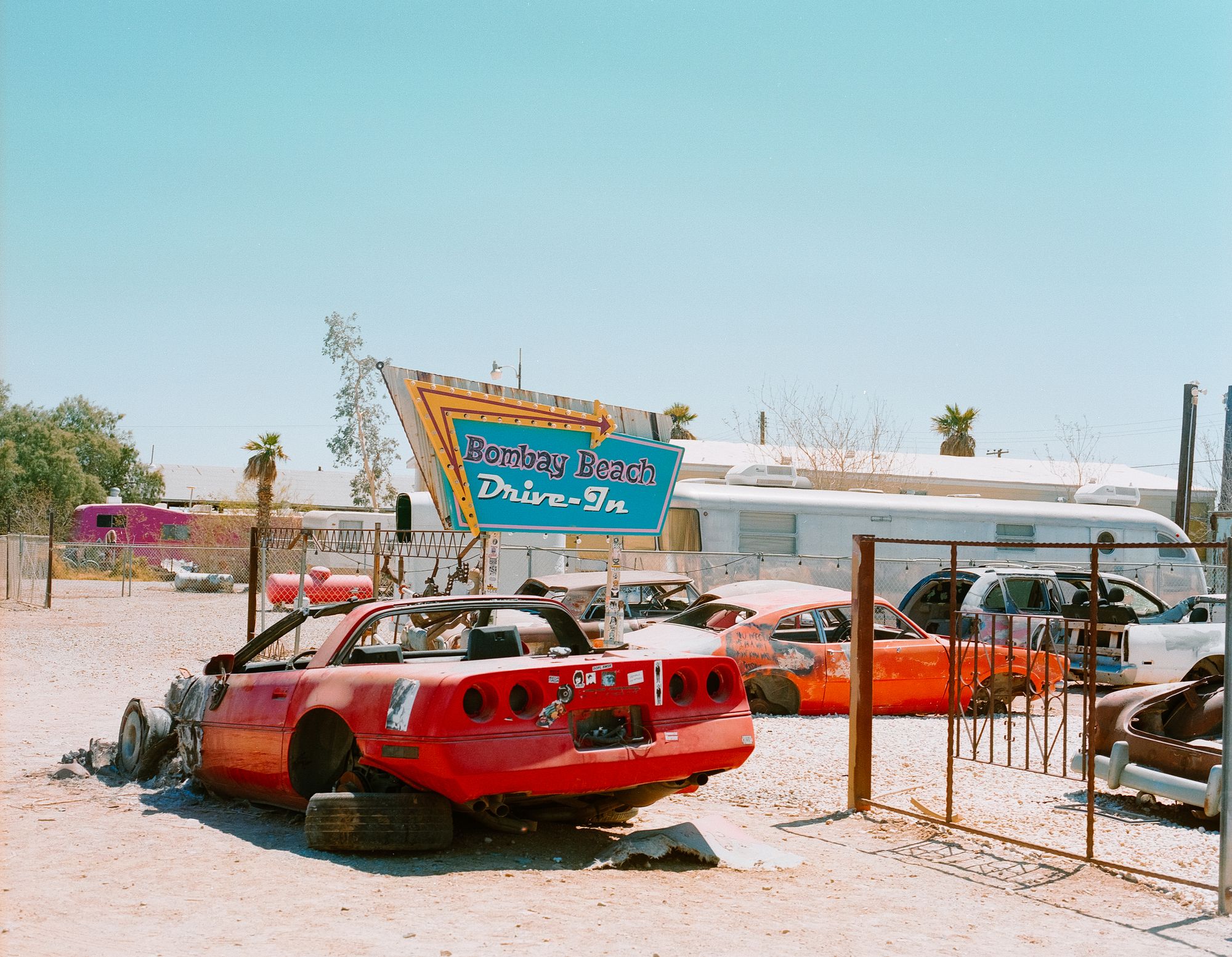
8. Samuel Ryde, LX Factory, Lisbon
This series by Samuel Ryde is a fascinating study of hand dryers throughout the world. Hand dryers are utilized by people daily in public restrooms, but he depicts them without people using them. I particularly like LX Factory, Lisbon, with the intense neon green paint and the tags across the wall and the hand dryer itself, markings of people.

9. Kristopher Shinn, Biggest Little Town
In Biggest Little Town, Kristopher Shinn depicts a quiet storefront, with covered windows and faded pastel pink paint. The signs beckon to places that may or may not still exist, although the cars reflected in the window signify that there might be people that are not captured in the scene.
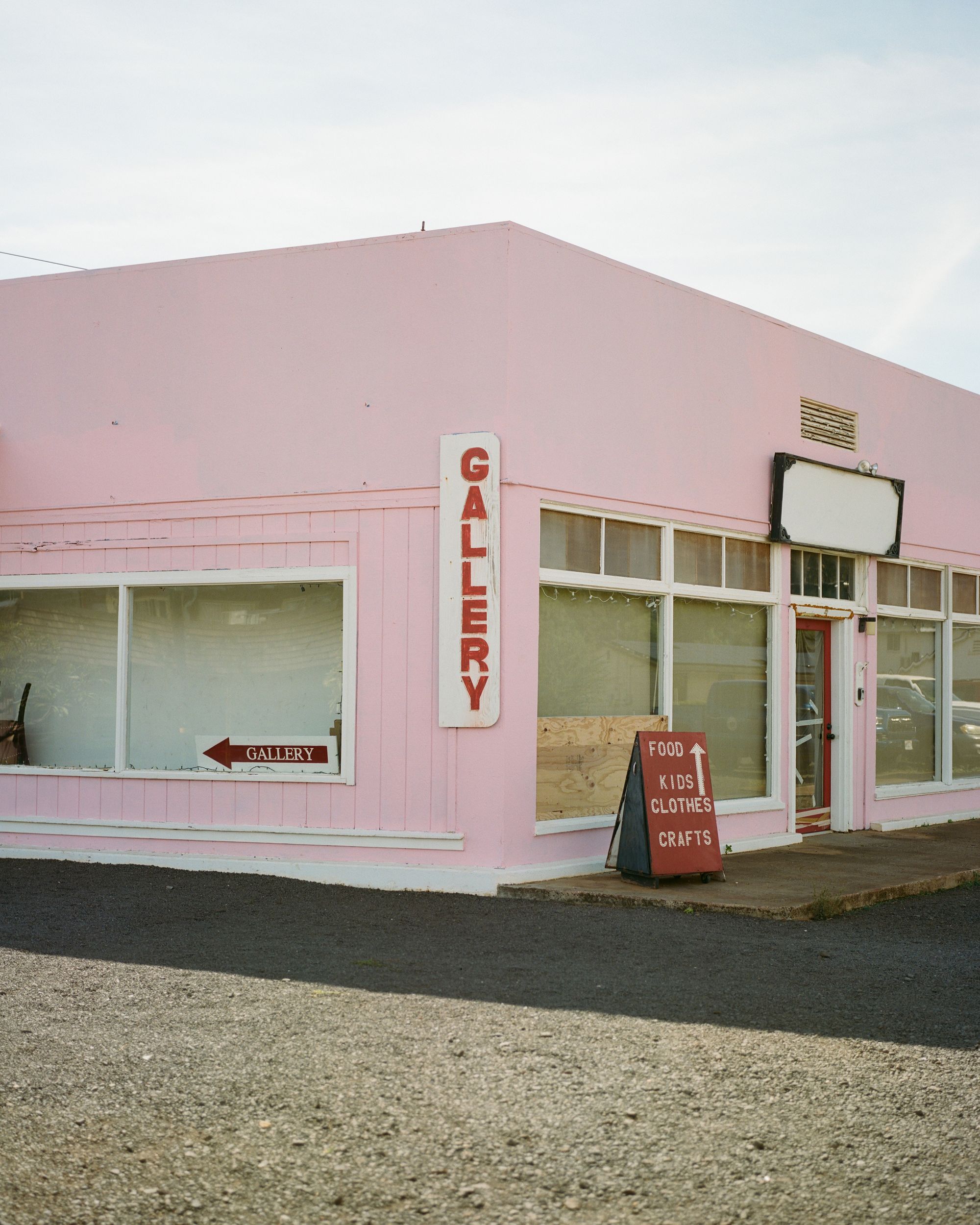
1o. Austin Visual, Santa’s Village
An eerily empty snowy night scene with fluorescent lights - does it get much better than this? Austin Visual’s Santa Village is perfectly strange, with the sign on the dump commanding the viewer to “rent me” while bombarding the viewer with signs for Wendy’s and an amusement park. Although there are many offerings in this suburban town, there is no one to partake in them.\
